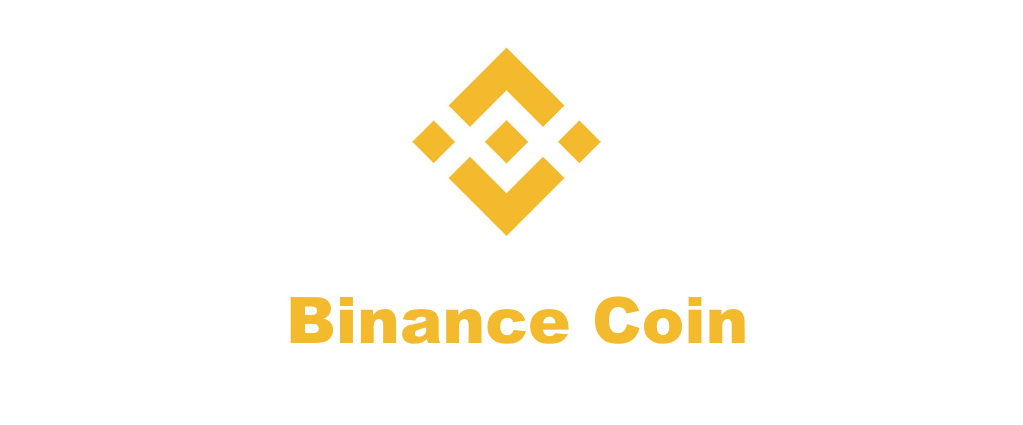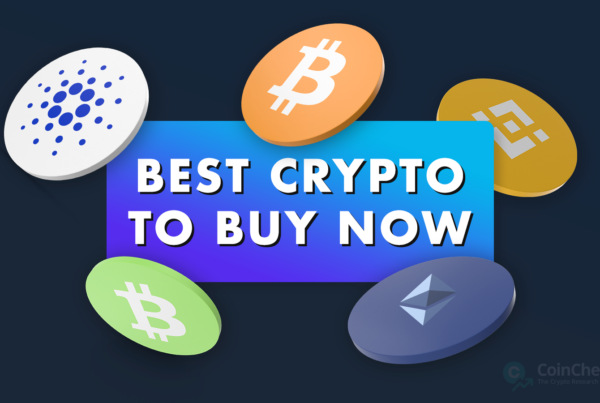The cryptocurrency market is booming as the prices of several top coins and tokens are still on the rise. The overall good market sentiment can partly be attributed to the fact that the first Bitcoin-linked exchange traded fund commenced trading on New York Stock Exchange on Tuesday, October 19. A day after that, Bitcoin, the first and largest crypto by market capitalization, set a new ATH price of $66,931. The second largest cryptocurrency, ETH, is also trading very close to its ATH price. Nevertheless, ETH failed to surge higher than $4,362, where it traded on May 12. It did, however, come very close to its ATH, as it traded just $2 below the abovementioned record valuation on October 21. You can imagine that two of the largest cryptocurrencies trading at or nearly at their respective ATH prices means that the total cryptocurrency market valuation was also at its ATH. The total cryptocurrency market valuation reached its new ATH valuation of $2.70 trillion on October 21. While the value has since dropped to $2.55 trillion at the end of Week 42, the cryptocurrency market is still hot and could surge higher anytime.

3. Filecoin (FIL)
Filecoin is a decentralized file storage network based on the InterPlanetary File System (IPFS), a peer-to-peer file storage and sharing protocol released by Protocol Labs in 2015. The project raised $205 million worth of crypto in a 2017 ICO and finally launched its highly anticipated mainnet on October 15, 2020. The FIL token is the native asset of the Filecoin blockchain. FIL is used to purchase storage space and retrieve data from the Filecoin network and provides economic incentive to storage provides.
FIL futures open interest indicates an improved market sentiment
Filecoin recently celebrated the first anniversary of the network’s mainnet launch, which took place on October 15, 2020. To showcase what has been done and to commemorate the anniversary, Filecoin developers published a “year in review” blog post and the network stats featured in the post are quite impressive, to say the least. One year after the launch, the network boasts with 12 EiB of total network storage power, more than 3,300 storage providers and over 230 organizations building on the network. But Filecoin is not stopping there. The project is now trying to attract new users through a special referral program announced on September 14, which offers rewards to users who bring on members carrying datasets larger than 90 Terabytes. In addition, Filecoin recently revealed a newly formed partnership with Flow blockchain, disclosing that Filecoin will further decentralize the NFT and blockchain gaming platform Flow, as it has become its official storage provider. Despite the positive developments, FIL price has been rather stagnant and unimpressive. The token is currently changing hands at around $64 a piece, which is more than 70% blow FIL’s ATH price. Nevertheless, Filecoin futures market data shows 45% increase in the futures open interest in October, which indicates that investors are starting to see potential in FIL again. In addition, the daily release of FIL to early investors holding simple agreements for future tokens (SAFTs) will decrease by 23.8% on October 15, to mark a year since the mainnet launched. Will the diminished supply, signs of increased adoption and new partnerships be enough to carry FIL back above $100 per token?

2. Binance Coin (BNB)
Binance Coin (BNB) originally launched in 2017 as an ERC-20 token sold through an initial coin offering (ICO). In April 2019, the Binance Chain was launched, and all the ERC-20 tokens were replaced with the BNB coin, which became the native cryptocurrency of the new blockchain. Binance Chain is still completely centralized, with Binance having complete control of block management. Binance users who utilize BNB to pay for trading, withdrawal and listing fees enjoy discounts. While this used to be pretty much the only use case of BNB, the coin has a far greater utility now as it allows users to pay for gas fees, stake BNB, as well as participate in DeFi, liquidity pools, and DEX trading. BNB is also used to determine eligibility to participate in Initial Exchange Offerings (IEOs). In addition, the Binance ecosystem keeps expanding, which means that new products and services are regularly added. In June, for example, Binance launched its own NFT marketplace.
New BNB burning mechanisms and the largest quarterly burn in terms of dollar value apply significant deflationary pressure
As you may know, Binance uses a fifth of its quarterly profits to buy back and burn its native currency (BNB) and will continue to do so until 50% of BNB supply is forever removed from circulation. In mid-October, Binance announced the successful competition of the 17th quarterly BNB burn, revealing that it was again the largest BNB burn in history in terms of dollar value. This time the renowned exchange destroyed 1,335,888 BNB (worth almost $640 million), which means that in terms of dollar valuation, the 17th BNB burn surpassed the 15th BNB burn, which previously held the record, by over $44 million. Furthermore, a few days ago Binance proposed a new Binance Evolution Protocol, BEP-95, which would introduce a real-time BNB burning mechanism. When BEP-95 will be deployed, the Binance Smart Chain (BSC) would burn a fixed ratio of the gas fee collected by the validators in each block. Let’s remember that since August’s London hard fork, Ethereum, employs a very similar fee burning mechanism, which is commonly known as EIP-1559, the Ethereum Improvement Protocol that implemented it. While Binance proposed that the burn ratio to be initially set to 10%, BSC validators will be able to change the percentage of gas fees burned in each block through a community proposal and vote process. The amount of BNB burned through the newly proposed mechanism will directly correlate with the activity on the BSC. The implementation of BEP-95 would also mean that BNB burning will continue even after Binance burns 50% of the supply through quarterly burns. Record high quarterly burns combined with additional real time coin burning mechanisms are applying deflationary pressure to BNB, making it more likely to appreciate in the long run.

1. Solana (SOL)
Solana is a smart contract enabled blockchain platform developed with a focus on scalability. Due to its top throughput of 65,000 transactions per second and absurdly low transaction fees (an average transaction on the blockchain costs just $0.00025), Solana is considered one of the strongest Ethereum competitors. Such a high blockchain efficiency is made possible by utilizing an innovative proof-of-stake consensus mechanism combined with proof-of-history (PoH) timestamping mechanism. Because of the reasons, Solana is very popular among various non-fungible token (NFT) projects and decentralized finance applications of all kinds. In addition, the project also backed by major investors such as Alameda Research, Polychain and Andreessen Horowitz. With $314 million raised in a private token sale in June 2021, Solana Labs have more than sufficient funds for further development of the Solana blockchain.
The abundance of positive news fuels Solana market, causes SOL to set a new ATH price of $218
While the price of SOL rallied very close to its previous ATH, set on September 9, over the weekend, the potential ETH killer finally breached $213 on Monday, October 25. At the time of writing, SOL is trading very close to its new ATH of $218. The surge has been fuelled by the generally positive market sentiment and several positive announcements concerning Solana network. We have already written about Terra’s UST stablecoin coming to Solana DeFi through Wormhole bridge in a recent Top 3 Coins to Watch article. Naturally, Terra is not the only project to consider Solana deployment and several new projects roll out their mainnets every month. Among the more recent additions is Apricot, a promising new next-generation DeFi lending protocol that supports cross-margin leveraged yield farming, that launched its mainnet on October 19. Furthermore, on November 9, a multi-governance client for the Solana ecosystem called Squads v0.1 will launch its beta on mainnet. The project will simplify decentralized governance and allow every project or even a NFT creator to simply form a decentralized autonomous organization (DAO) with deployment, voting and treasury features already incorporated. Finally, the Solana community is currently running a Global Solana Hackathon dubbed “IGNITION” with more than $5 million in SOL to be rewarded to project developers. Based on the above listed developments, we believe that SOL rally is far from over and that the ATH price listed in the title will soon, perhaps already by press time, be a thing of the past.



